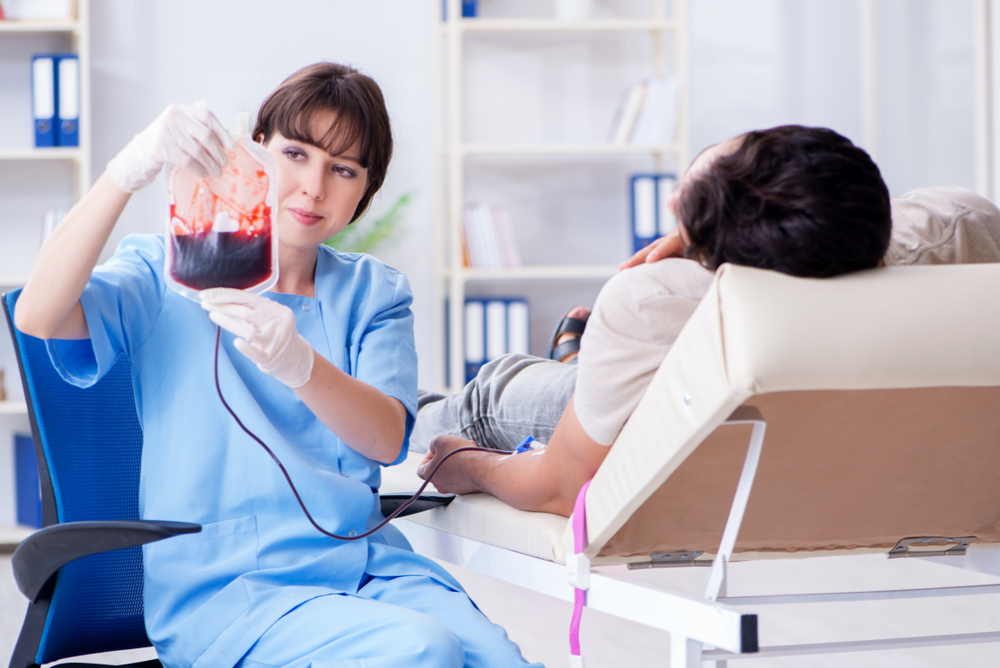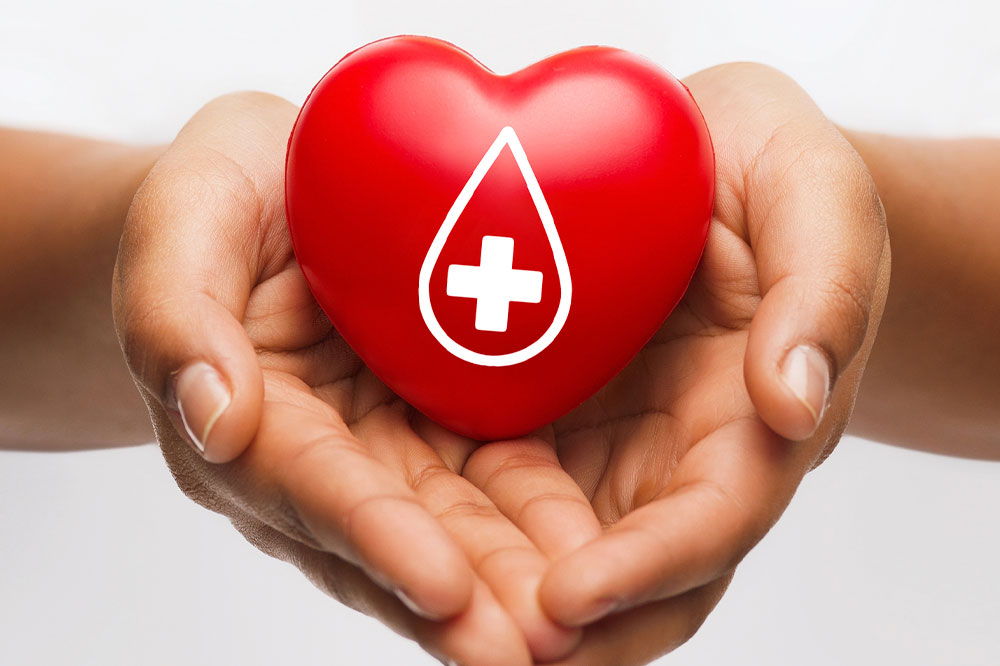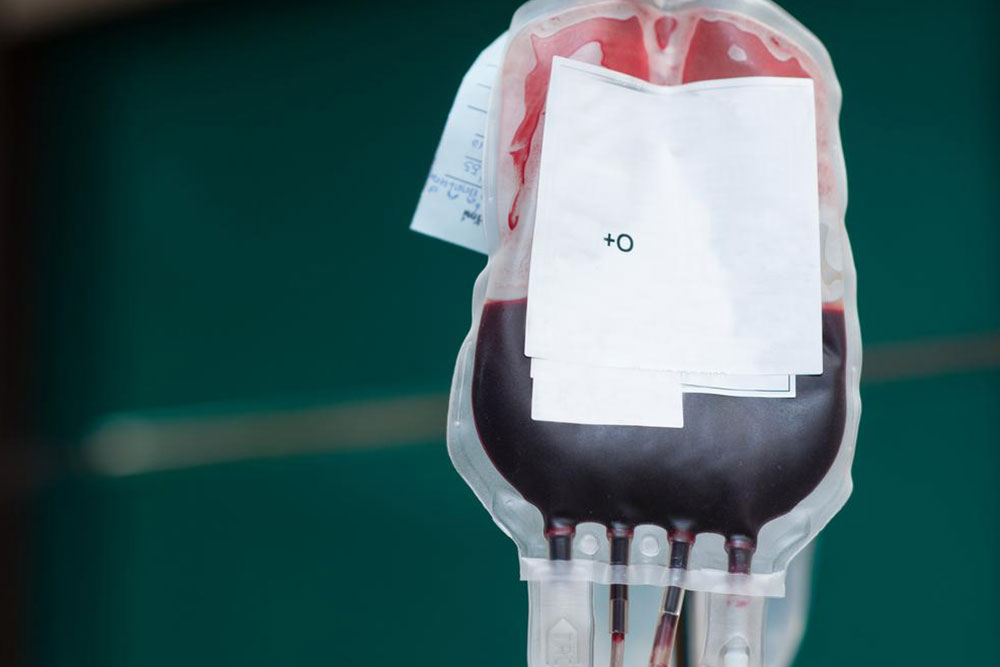Introduction to Blood Donation and Its Types
Learn about blood donation essentials, including the different blood groups, donation types such as whole blood, plasma, platelets, and specific procedures like power red and autologous donations. Understand compatibility, donation frequency, and the importance of blood in healthcare. This overview helps donors appreciate the process, eligibility, and impact of their contributions in saving lives across the globe.
Sponsored

Blood donation is a vital act that sustains millions of lives daily. In the U.S., blood is required every 2 seconds, with many transfusions going to children under five in developing countries. Patients with ailments like cancer or sickle cell anemia often need multiple transfusions. Blood components, especially red blood cells, have a limited shelf life—red cells last up to 35 days, and whole blood up to 42 days. This article discusses blood group systems, donation types, eligibility, and the donation process.
Blood Classification Systems
ABO System
Blood is classified into A, B, O, or AB groups based on the surface sugars on red blood cells, called antigens. These sugars attach to the H antigen: if N-acetylgalactosamine is present, it's type A; if D-galactose, it's type B; neither indicates type O; both signifies type AB. The body develops antibodies against antigens it doesn’t have, influencing compatibility. Type O is known as the universal donor, and AB as the universal recipient. Percentages vary: 42% type A, 10% B, 44% O, 4% AB.
Rh Factor
Red blood cells may also carry the Rh antigen, determining if blood is Rh-positive or Rh-negative. Rh-positive is common, and Rh status affects transfusion compatibility. The most common blood types in the U.S. are O+ and A+.
Additional antigens are present on blood cells, but ABO and Rh are most significant. Compatibility ensures safe transfusions; mismatched blood can trigger dangerous reactions.
Types of Blood Donations
The main donation types include whole blood, plasma, platelets, and power red cell donations. Donations can also be autologous, directed, or for specific recipients.
Whole Blood
Whole blood contains all components: red cells, white cells, platelets, and plasma. Red cells carry oxygen; white cells fight infections; platelets aid clotting; plasma transports nutrients and hormones. One donation can help up to three patients, and donations are allowed every 8 weeks.
During donation, health checks are performed, followed by blood collection via a needle. The process lasts about an hour, with actual donation taking 10 minutes.
Plasma
Plasma is the yellow liquid part of blood, containing proteins, hormones, and clotting factors. It can be stored frozen for a year and is used to treat clotting disorders, immune deficiencies, and burns. Plasma donation uses plasmapheresis, where blood is separated, and plasma is collected while other components are returned to the donor. This process takes about 1.5 to 2 hours, and donations can be repeated every 28 days, especially from AB blood type donors.
Platelets
Small cell fragments that play a crucial role in clotting, essential for trauma and disease patients. Platelet donation involves plateletpheresis, lasting about 3 hours, with donations permissible every 7 days, up to 24 times annually.
Power Red (Double Red Cell) Donations
This procedure collects twice the red blood cells in one session by separating blood components. It lasts around 30 minutes longer than whole blood donation but yields a larger volume of red cells, critical for transfusions. Eligibility requires certain height and weight criteria, with donations every 16 weeks.
Autologous Donations
These are personal-use donations, typically before surgeries, with a doctor's prescription. They can be made every few days and are only used by the donor; unused blood is discarded.
Directed Donations
Donations aimed at a specific individual, usually a family member or friend, prepared with a medical prescription and for planned surgeries.





